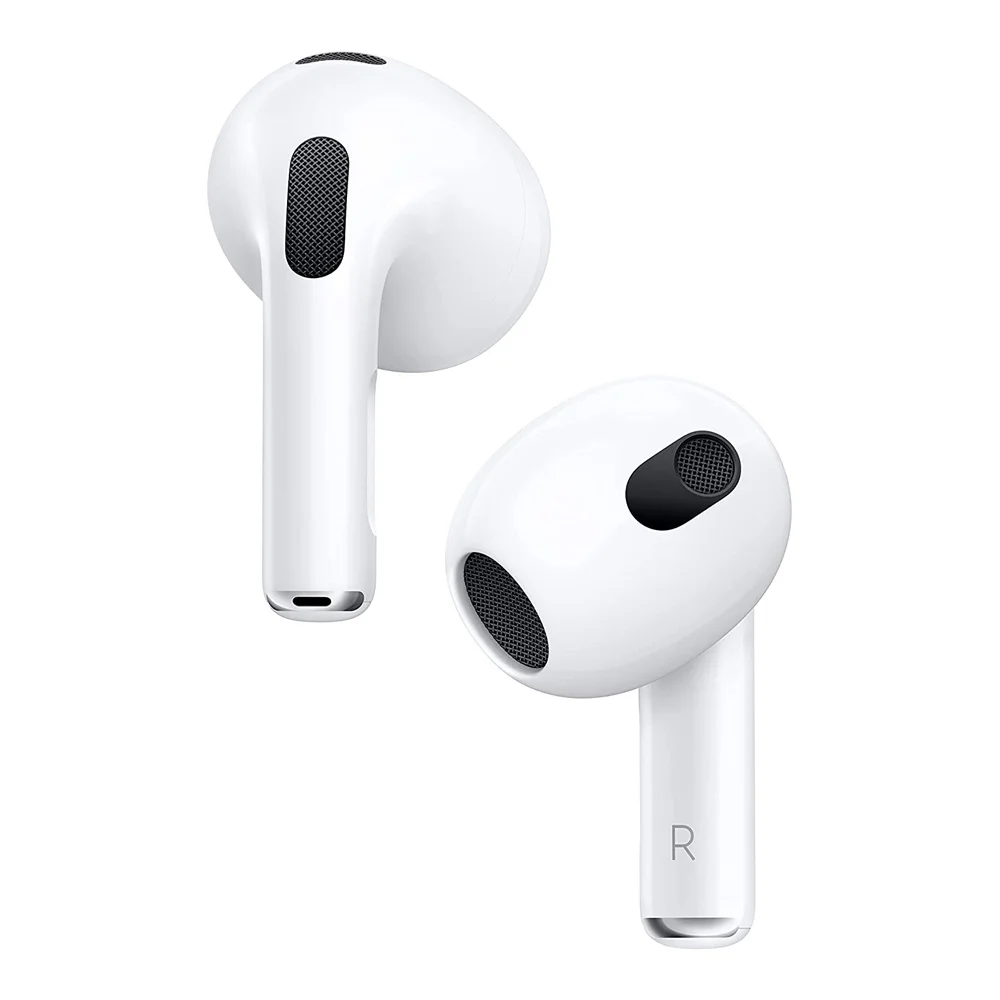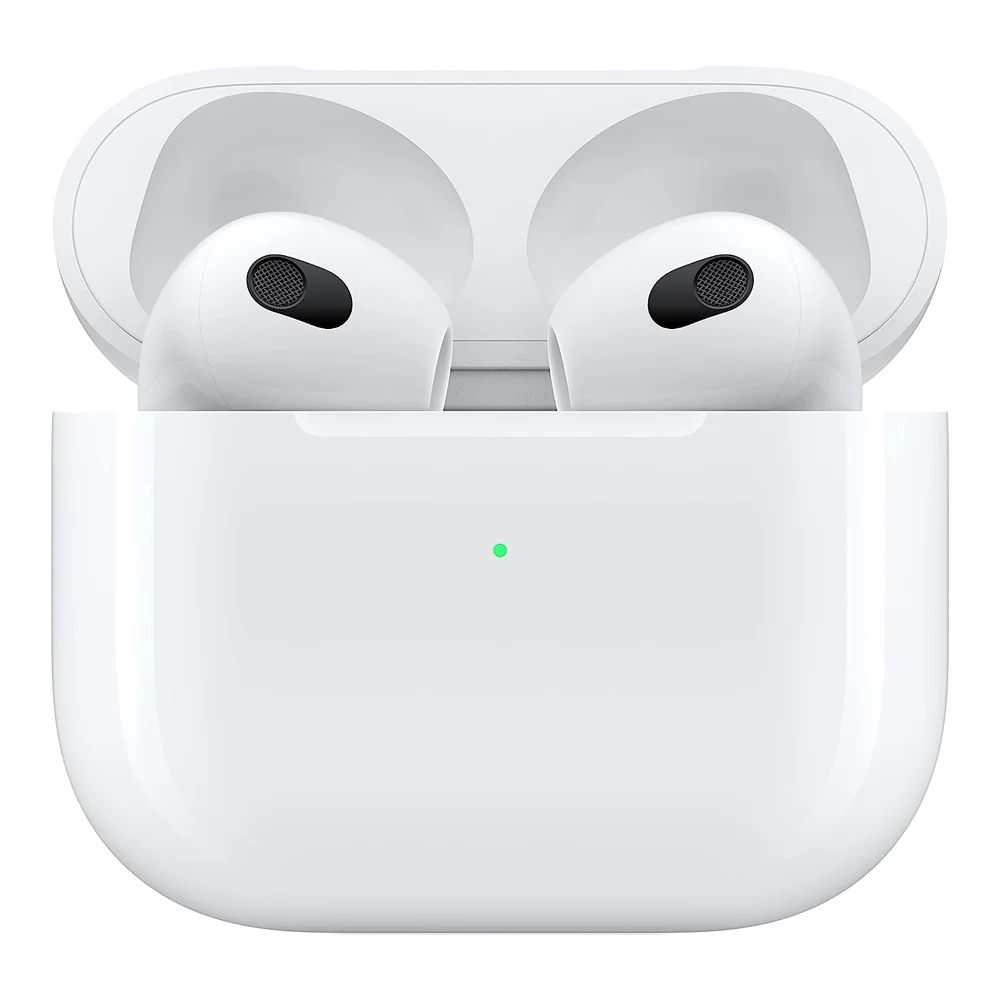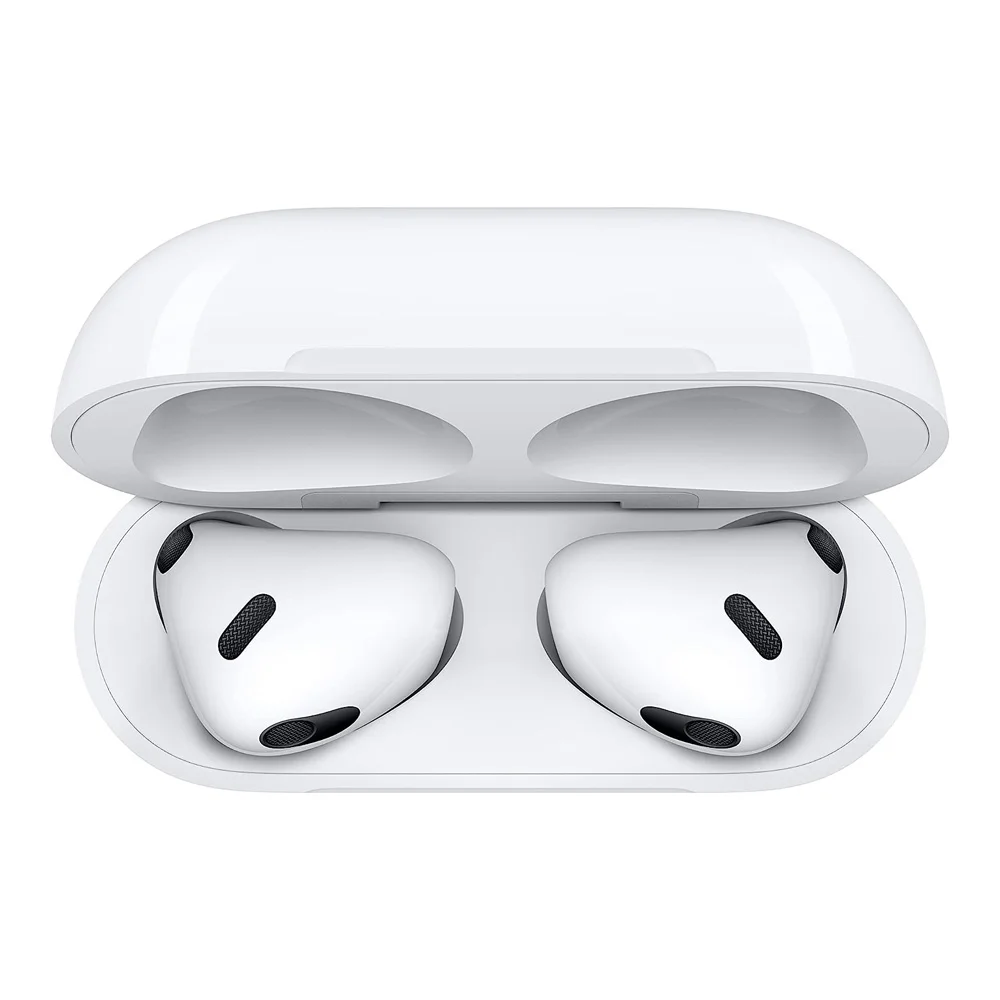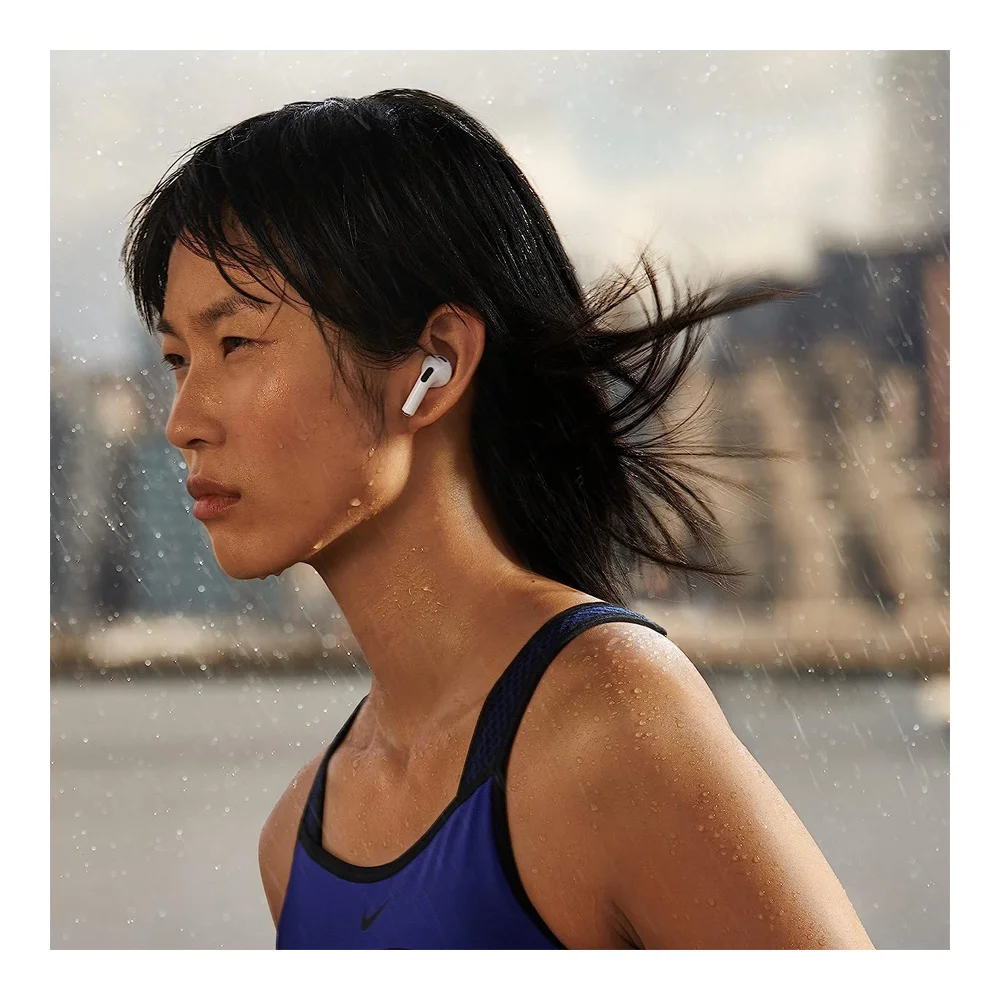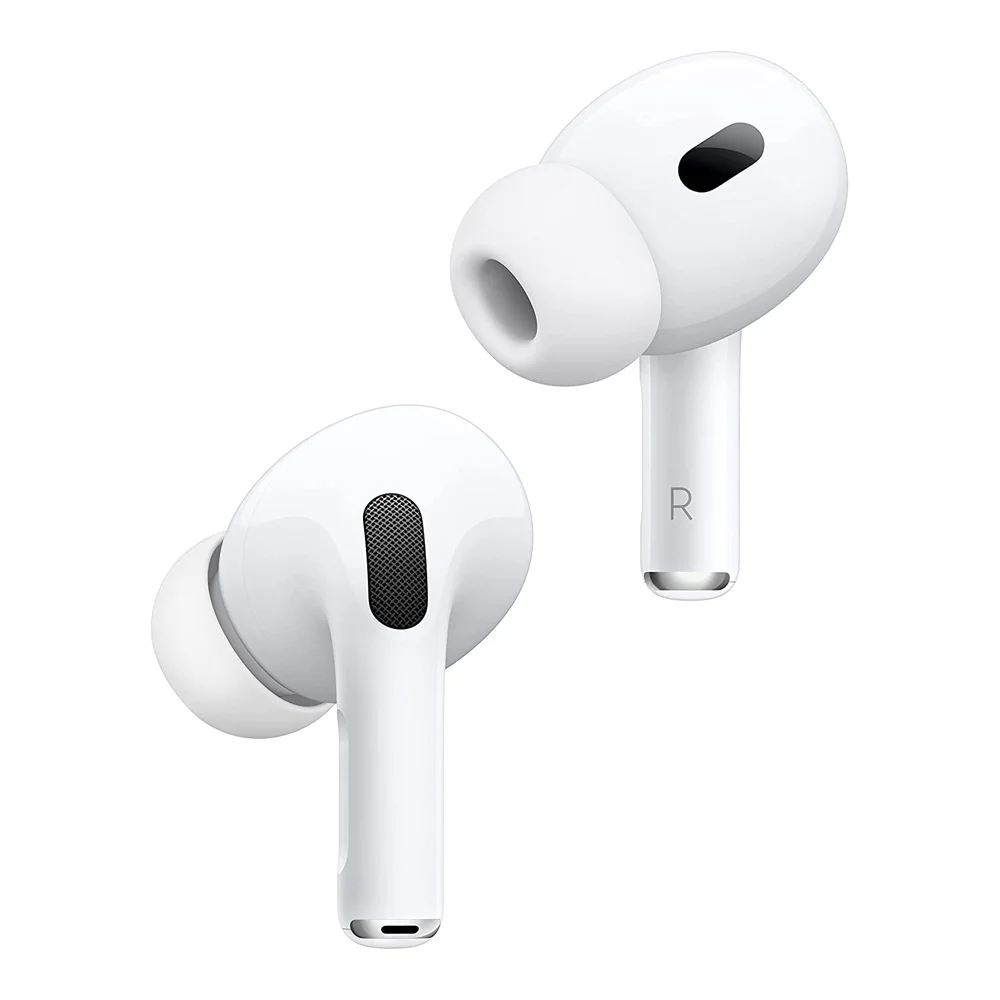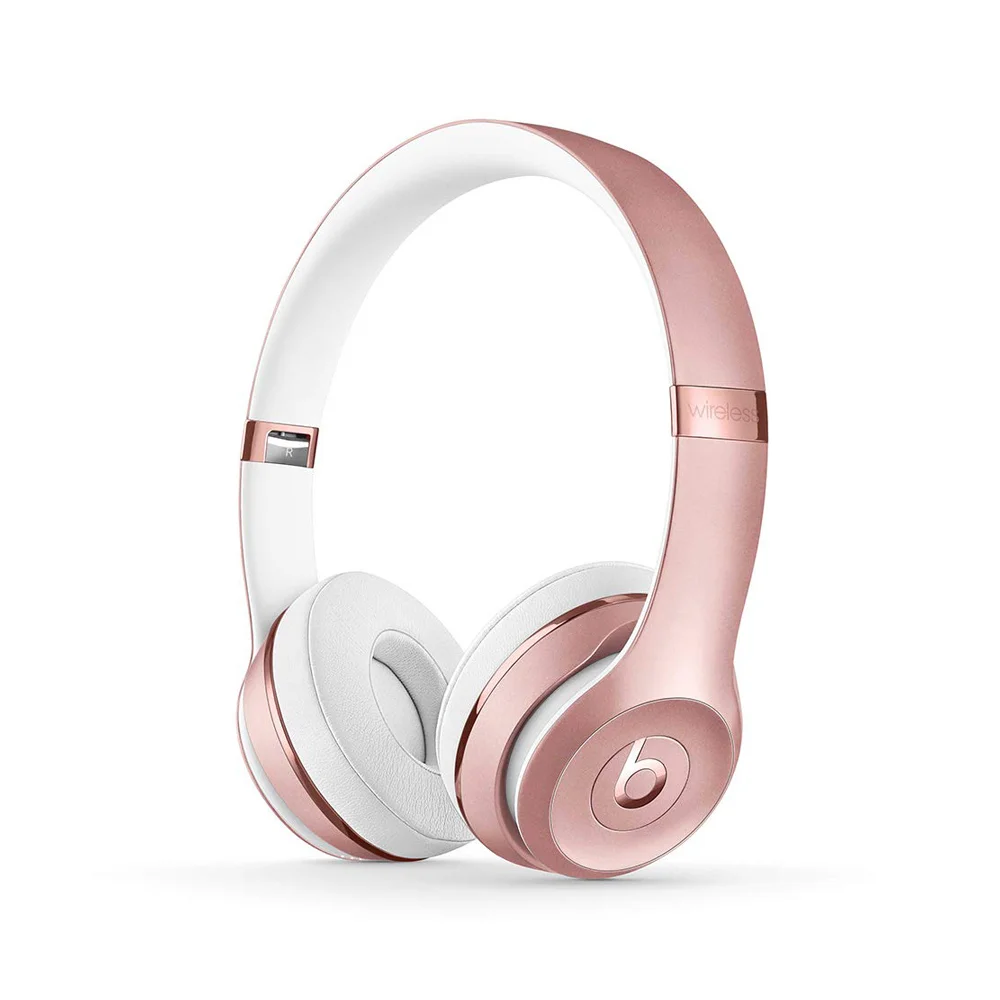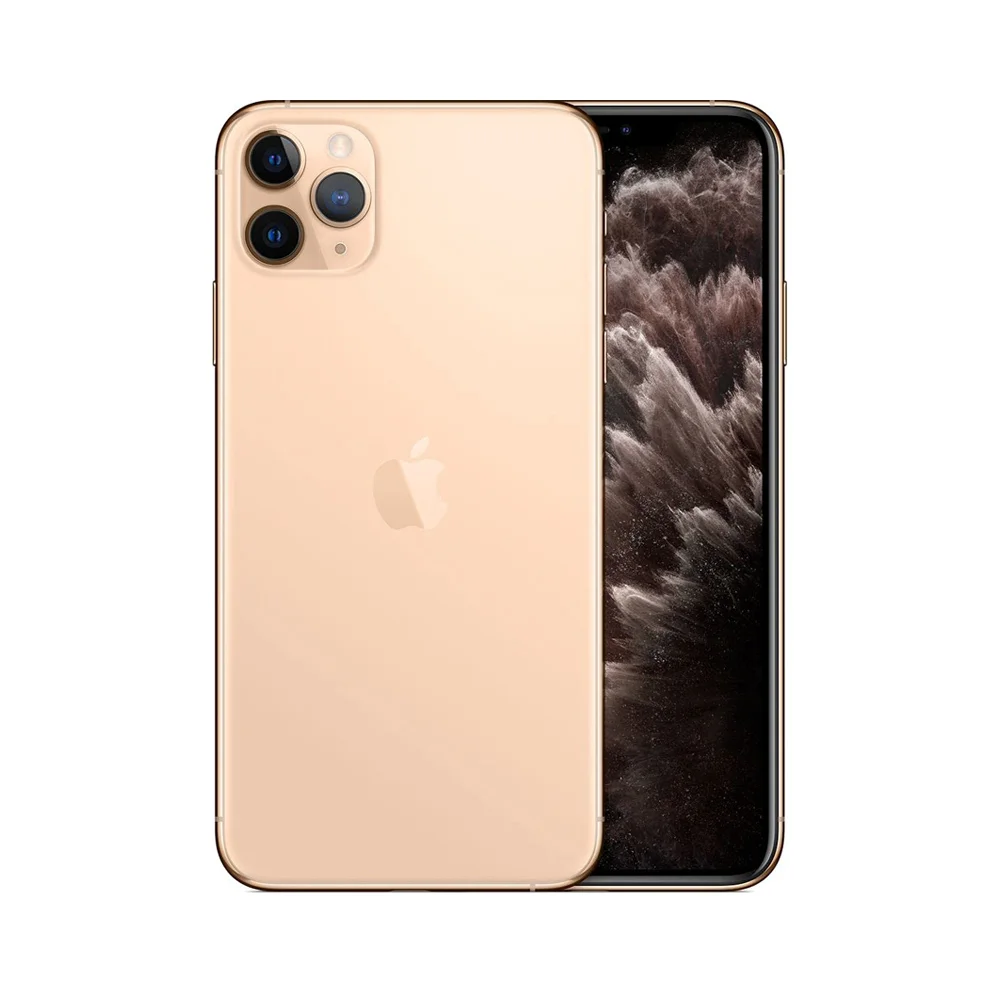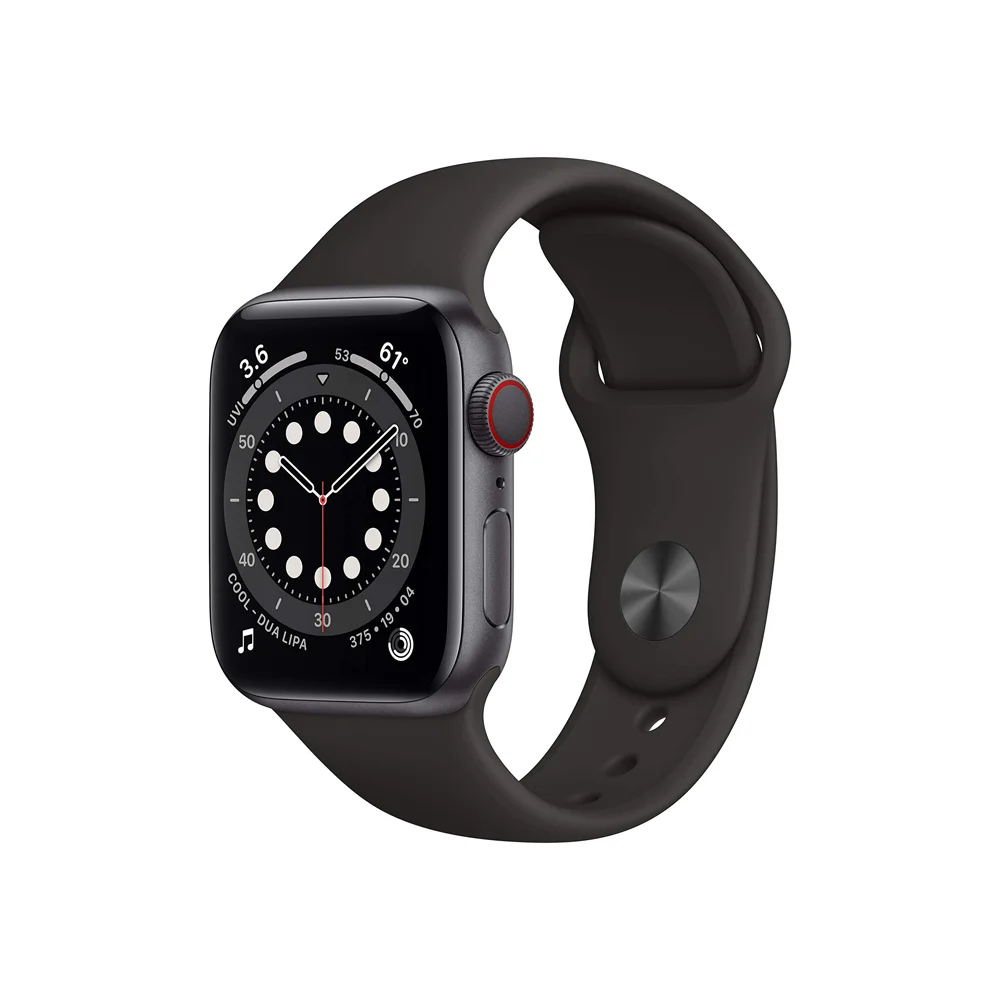The new design has a slightly more bulbous casing with a shorter stem than the second-generation AirPods. They are similar to AirPods Pro but lack interchangeable rubber tips and are slightly bulkier overall. Apple moved away from the double-tap feature for pausing audio or skipping tracks. Instead, it has added the Force Sensor for squeezing gestures. For example, press once to play/pause, press twice to skip forward, or press and hold to summon Siri.
The charging case is squatter and wider to accommodate the new earbud design. It is shaped like an AirPods Pro case but isn’t as big. There are still no color options to speak of. Apple stuck with its signature white colors with black highlights for this model. However, there are many third-party cases and skins for those looking to customize their AirPods. The earbuds are now water and sweat-resistant for use during workouts. While older models didn’t break easily when splashed with water, these are the first pair with official water resistance of IPX4.


Adaptive EQ is a feature first introduced in the AirPods Pro that uses microphones to adjust audio based on the shape of your ear and the fit of the AirPod. It listens for abnormalities and adjusts audio on the fly to ensure users get the best possible audio even if the AirPods don’t fit quite right. The Spatial Audio mode is new to the standard AirPods lineup. Using gyroscopes, the AirPods 3 can track head movement and adjust the incoming audio in real-time to move with your head.
For movies and tv, this means audio sourced from an iPad will sound like it is coming from the iPad, even when you turn your head away. Dolby Atmos-produced content will surround you and let you face off-screen sounds. Apple Music also supports listening to audio tracks with Spatial Audio. Properly tuned music will have instruments surround the listener in 3D space, and the effect changes based on how the listener moves their head through the sound.

